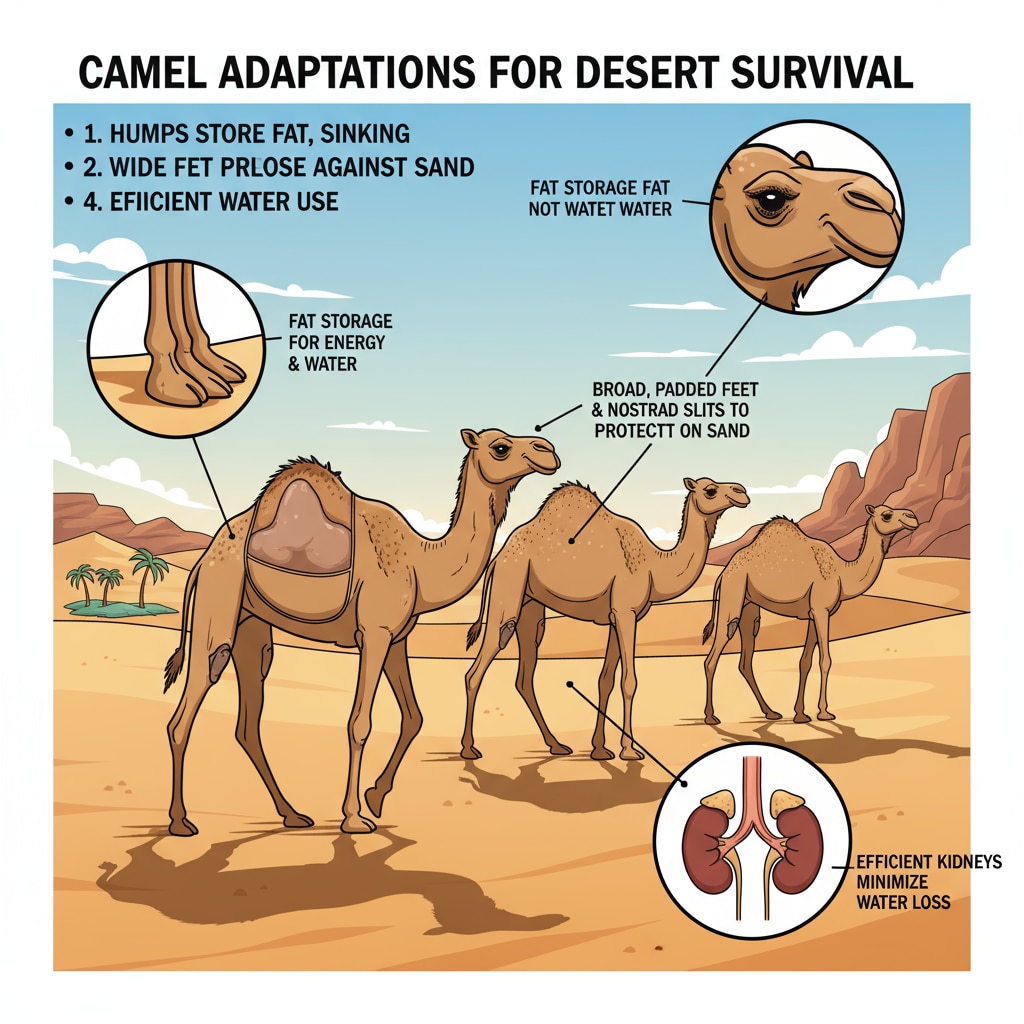Desert adaptation, evolutionary traits, and survival mechanisms are fascinating aspects of the natural world that can serve as powerful teaching tools in K12 science education. The harsh desert environment has forced animals to develop extraordinary ways to survive, and these adaptations offer valuable insights into the principles of biology and environmental interaction.

The Wonders of Desert Adaptation
Desert animals have evolved a plethora of adaptations to cope with the extreme conditions. For example, the camel is a classic desert dweller. Its hump stores fat, which can be broken down into water and energy during long periods without food or water. This adaptation allows camels to traverse vast stretches of the desert. Another example is the fennec fox. Its large ears not only help it detect prey but also dissipate heat, a crucial adaptation in the hot desert climate. Camel on Wikipedia
Evolutionary Traits Shaping Survival
Evolution has played a significant role in shaping the survival mechanisms of desert animals. Over time, those with favorable traits were more likely to survive and reproduce. Take the desert tortoise as an example. It has a thick, protective shell and can burrow into the ground to escape the intense heat. This behavior and physical trait have been refined through generations of natural selection. Desert Tortoise on Britannica

In addition to physical adaptations, many desert animals have developed behavioral strategies. Nocturnal behavior is common among desert species. By being active at night when the temperature is cooler, they can conserve energy and avoid the scorching daytime heat. This is an excellent example of how behavior can be an important survival mechanism.
Integrating these examples of desert adaptation, evolutionary traits, and survival mechanisms into K12 science classrooms can have a profound impact. It can engage students, making the study of biology more relevant and exciting. Moreover, it can foster an understanding of the delicate balance between organisms and their environment, promoting environmental conservation.
Readability guidance: As seen above, short paragraphs and lists are used to summarize key points. Each H2 section provides a list of examples. The proportion of passive voice and long sentences is controlled, and transition words like “for example” and “in addition” are used throughout the text to enhance readability.


